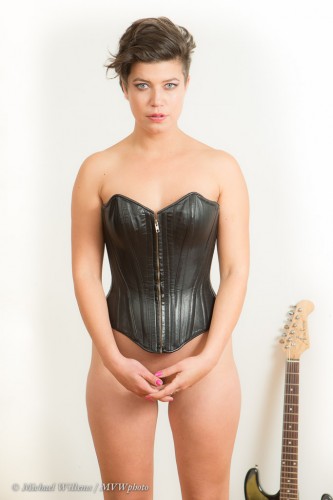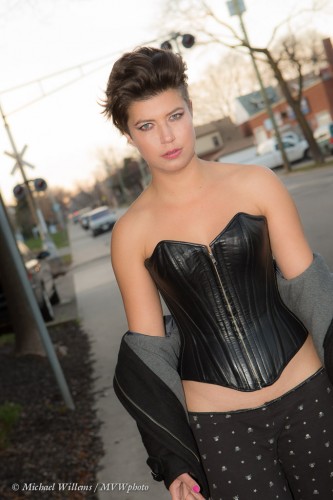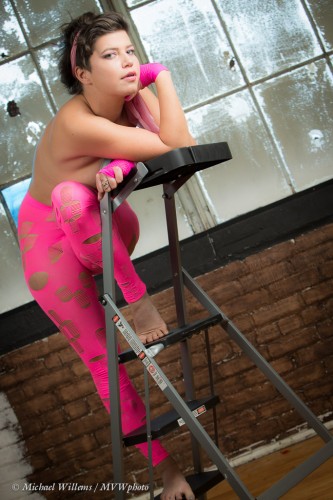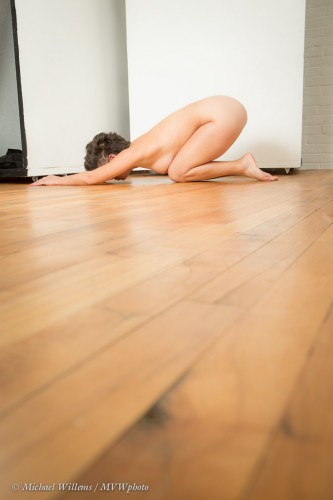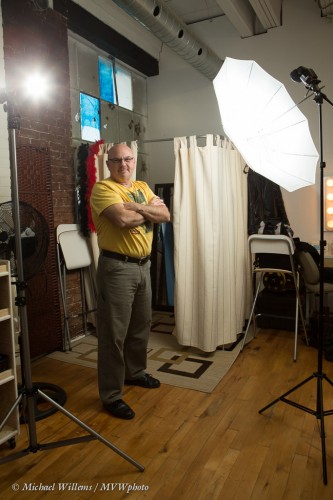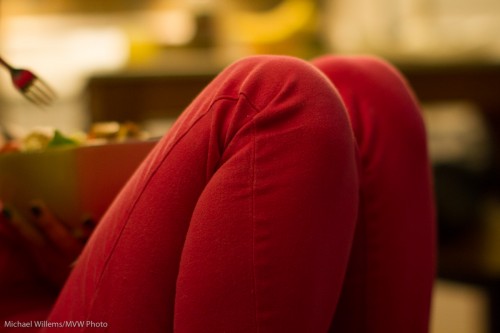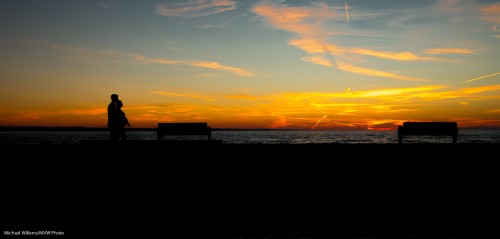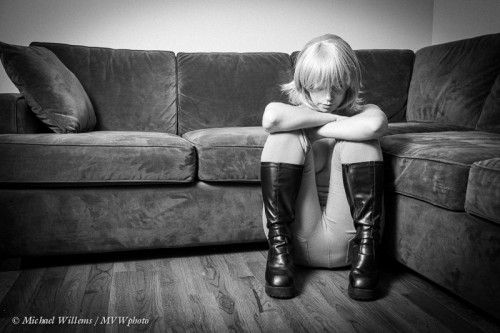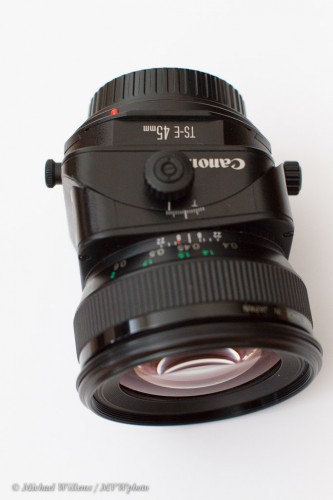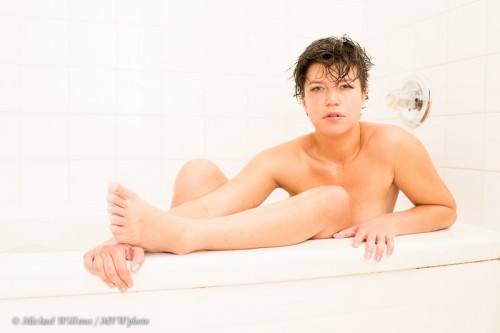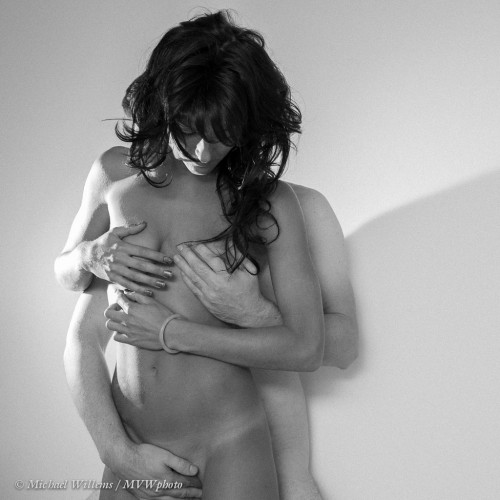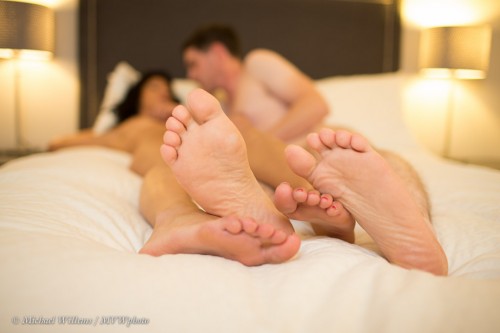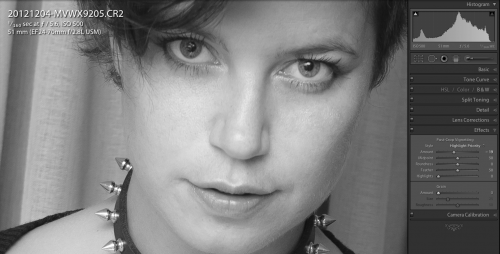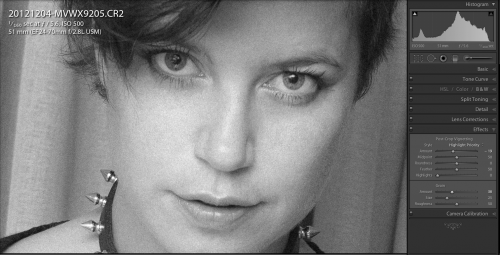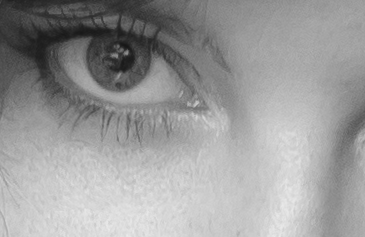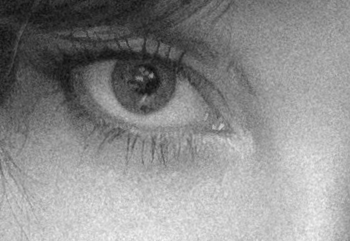Lightroom users (and why aren’t you all?): Lightroom has just been updated.
Currently, on my Santa shoot job, I am shooting “tethered” – meaning my camera is connected to Lightroom, which shows the client what I am shooting as I am shooting it.
Problem is, it would hang up several times a day, causing long delays.
Now, in the new update, Adobe says the follwoing is fixed:
Tethered capture fails when turning camera off and back on. This also can occur if the camera goes to sleep and then wakes. This occurs only with Canon cameras and on Mac only.
Since I am using a Mac and a Canon camera, that makes sense. Let’s hope it is indeed fixed. Many more Santa pictures to come… 12-5 today and tomorrow at Hopedale mall in Oakville.


